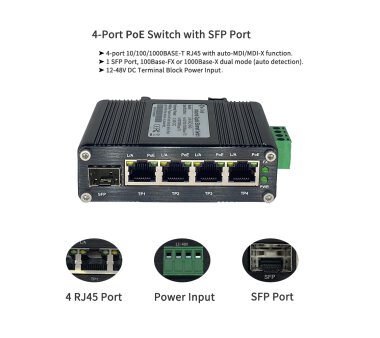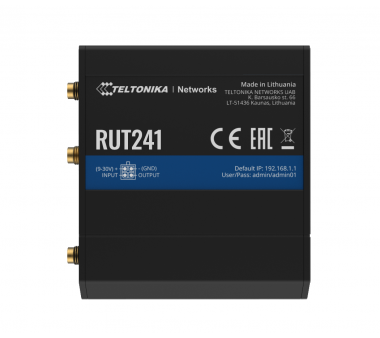Teltonika Networks ist ein weltweit führender Hersteller professioneller Netzwerktechnik für industrielle, IoT- und M2M-Anwendungen. Das Produktportfolio umfasst leistungsstarke und zuverlässige Geräte wie LTE-/5G-Router, Gateways, Switches und Modems, die speziell für den Einsatz unter anspruchsvollen Bedingungen entwickelt wurden. Merkmale wie Industriequalität, Multi-WAN-Redundanz, Fernwartung über Teltonika RMS sowie ein langfristig wartbares Betriebssystem (RutOS) machen Teltonika zur ersten Wahl für professionelle Netzwerkinfrastrukturen.
Als offizieller Vertriebspartner von Teltonika Networks bietet voip.world, der WebShop zum online einkaufen von VoIPDistri.com – Voice over IP Distribution, die gesamte Produktpalette von Teltonika Networks – mit Fokus auf persönliche Beratung, technische Expertise und fundierte Projektbetreuung.
Wichtiger Hinweis: Teltonika gewährt keinen Endkundensupport
Bitte beachten Sie: Teltonika Networks selbst bietet keinen direkten Endkunden-Support. Der technische Support und die Beratung erfolgen ausschließlich über offizielle Vertriebspartner wie voipdistri.com. Viele Anbieter oder Wettbewerber verkaufen zwar Teltonika-Geräte, können jedoch keinen fachkundigen Support leisten – insbesondere nicht bei komplexen Anwendungsfällen, Integrationen oder Netzwerkkonfigurationen.
Sowohl gewerbliche Kunden als auch Privatkunden sollten sich daher vor dem Kauf bewusst für einen autorisierten Partner entscheiden – um nicht auf sich allein gestellt zu sein, wenn es um Inbetriebnahme, Fragen zur Kompatibilität oder technische Probleme geht.
VoIPDistri.com (voip.world) – Ihr Lösungsanbieter für Teltonika Networks & VoIP-Technik
https://voip.world ist kein klassischer Webshop – wir verstehen uns als lösungsorientierter Fachanbieter, der Kunden nicht nur beliefert, sondern begleitet. Unsere Plattform ist in deutscher und englischer Sprache verfügbar und richtet sich an:
- Fachhandel & Systemhäuser
- Industriekunden & Behörden
- Kleine Unternehmen und mittlere Unternehmen (KMU)
- Anspruchsvolle Privatkunden
Unser erfahrenes Team hilft Ihnen gerne dabei, die richtige Kaufentscheidung zu treffen. Denn gerade bei Teltonika-Routern gibt es viele technische Aspekte zu beachten – von Antennenwahl, SIM-Kompatibilität, VPN-Setups, Failover-Strategien bis hin zur Auswahl passender Stromversorgungen. Wir beraten Sie im Vorfeld offen und kompetent, damit Sie die passende Lösung für Ihre individuelle Anwendung erhalten.
Unsere Leistungen im Überblick:
- Offizieller Teltonika Networks Vertriebspartner
- Persönliche Fachberatung & Projektbegleitung
- Technischer Support für Gewerbe- und Endkunden
- Schnelle Lieferung direkt ab Lager
- Zugang zu exklusiven B2B-Konditionen
- Zweisprachiger Support (Deutsch & Englisch)
- Beratung zu Teltonika RMS, RutOS, Netzwerkarchitektur u. v. m.
Setzen Sie auf Kompetenz und Verlässlichkeit – mit Teltonika Networks von https://voip.world - Ihr Spezial-Großhandel in Ostwestfalen Lippe (OWL), Münster und Osnabrücker Land. Wir beraten Sie ehrlich, unabhängig und lösungsorientiert.
Weitere technische Informationen zu Teltonika finden Sie auf der Wiki-Seite:
https://wiki.teltonika.lt/index.php?title=Network_products















